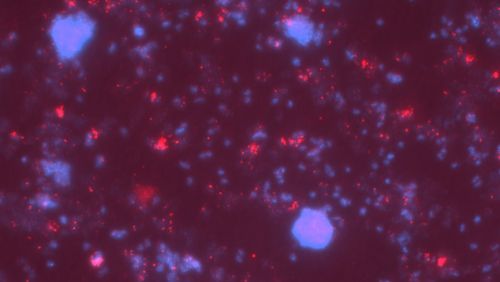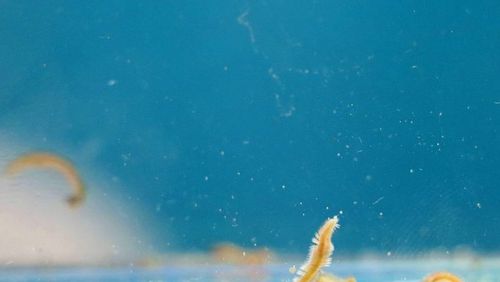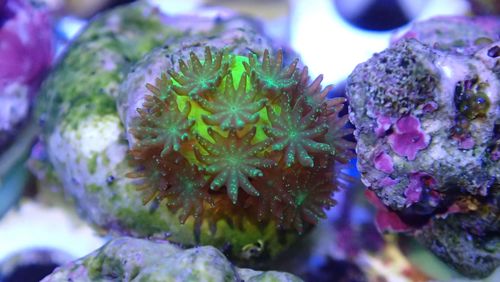"Cast off" is the motto on board the "Sonne" this Friday. The second largest German research vessel is setting off from Nouméa, New Caledonia, in the South Pacific on a research trip to the Tasman Sea off New Zealand. The expedition, led by Oldenburg geochemist Katharina Pahnke, is focussing on climate changes and ocean currents in the region as well as the glaciation history of New Zealand's South Island.
For almost four weeks, the team from the university's Institute of Chemistry and Biology of the Marine Environment (ICBM) will be cruising the Southwest Pacific together with colleagues from various countries, amongst them researchers of the Alfred Wegener Institute Helmholtz Centre for Polar and Marine Research in Bremerhaven (AWI). The aim of the "PaläoTaNZ" project is to use oceanographic and geological methods to take a look at the recent geological past of the marine region. Among other things, the researchers aim to better understand current climate and environmental changes.
"The study area in the South Pacific plays a key role in the global ocean and climate system and has so far been little studied geologically and geochemically," says Pahnke. The subtropical part of the largest world ocean connects the tropical waters with the subantarctic ones. Important processes take place here that influence global ocean currents and the interplay between ocean and atmosphere.
An archive of climate changes
At the same time, glaciers and rivers carry freshwater and sediments into the ocean, and prevailing winds bring dust from the land. "These sediments accumulate at the sea bottom. The layers are like an archive of climate changes in the region," explains Pahnke. "We can reconstruct the coupling of environmental conditions in the ocean and climatic changes in New Zealand over the last glaciation cycles through various studies."
During the expedition, Pahnke's team is using elaborate methods to take sediment samples from water depths between 900 and 6000 metres. The sediment cores can be up to 25 metres long. Already during the expedition, the researchers carry out initial examinations. Later, in the laboratory, they determine, among other things, the size of the sand grains as well as various chemical parameters. These allow conclusions to be drawn about the temperature and precipitation in the region as well as past marine currents. The researchers also take water samples, which they examine for trace elements and metal isotopes. Among other things, these data provide information on current ocean currents and substance inputs.
In addition to the team from Oldenburg and Bremerhaven, researchers from the Leibniz Institute for Baltic Sea Research Warnemünde (IOW), the Lamont-Doherty Earth Observatory of Columbia University in New York (USA), the University of Birmingham (Great Britain) and the University of Otago (New Zealand) will be on board.




![[Translate to English:] Portrait of Katharina Pahnke, geochemist at the University of Oldenburg.](/fileadmin/_processed/1/e/csm_pahnke-katharina_856c9501da.jpg)


